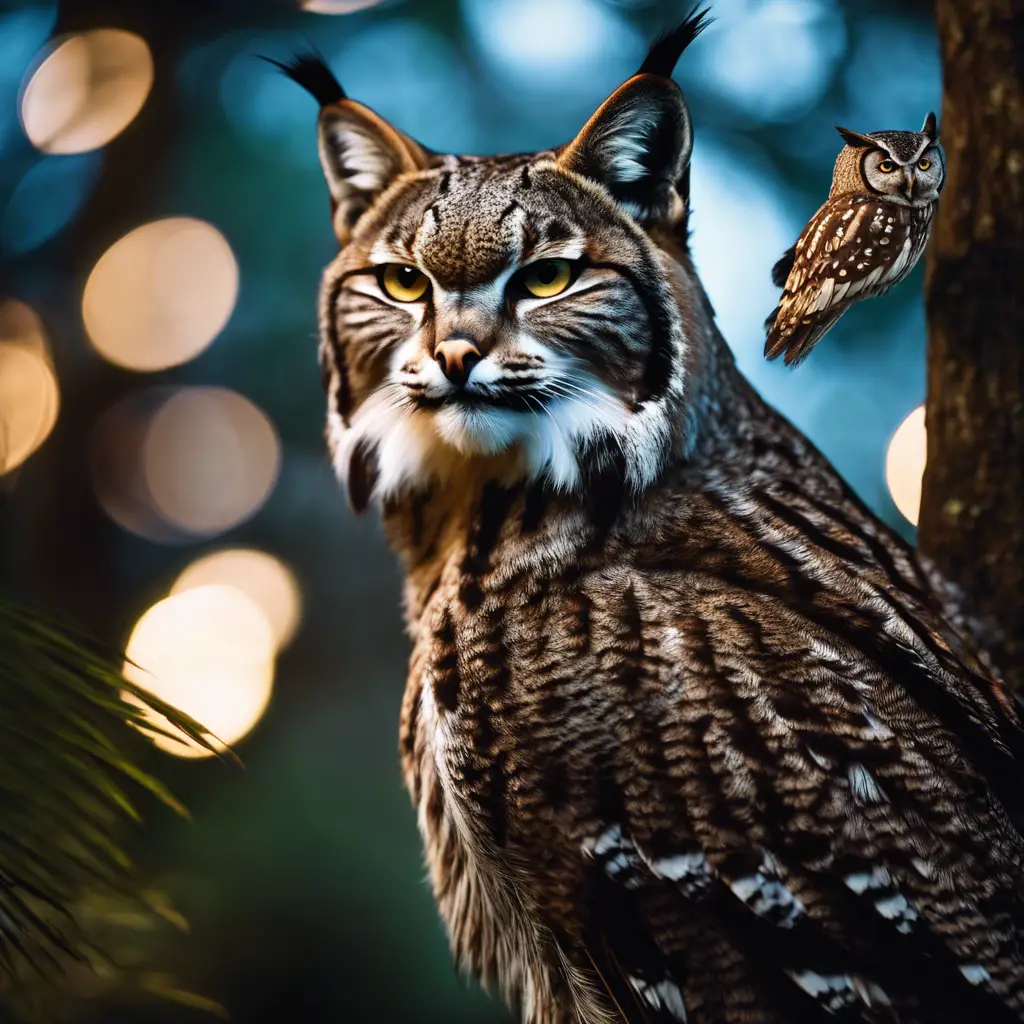During my years as a wildlife expert, I’ve developed a deep connection with the nocturnal world of owls. My experience has taught me that these majestic birds, while often hunters, can also be the hunted.
I recall a night when I observed a Great Horned Owl, usually a dominant predator, become the target of a vigilant eagle. It was a stark reminder of nature’s complexity.
I believe that understanding these interactions is vital to appreciating the delicate balance within ecosystems. In my research, I’ve seen the vulnerability of smaller owls to cunning foxes and predatory snakes, an ongoing cycle of survival.
Key Takeaways
- Owls have several predators, including foxes, snakes, hawks, wildcats, and eagles.
- Threats to owl survival include territory encroachment, vulnerability during nesting, habitat destruction, traffic accidents, and environmental pollution.
- Owls employ survival strategies such as silent flight, powerful talons, territory protection, defense of eggs and owlets, and adaptability to changing environments.
- Human interactions with owls, such as habitat destruction, reduced territories, disruption of feeding patterns, and vehicle collisions, require conservation efforts to ensure owl survival.
Owl Predators Unveiled
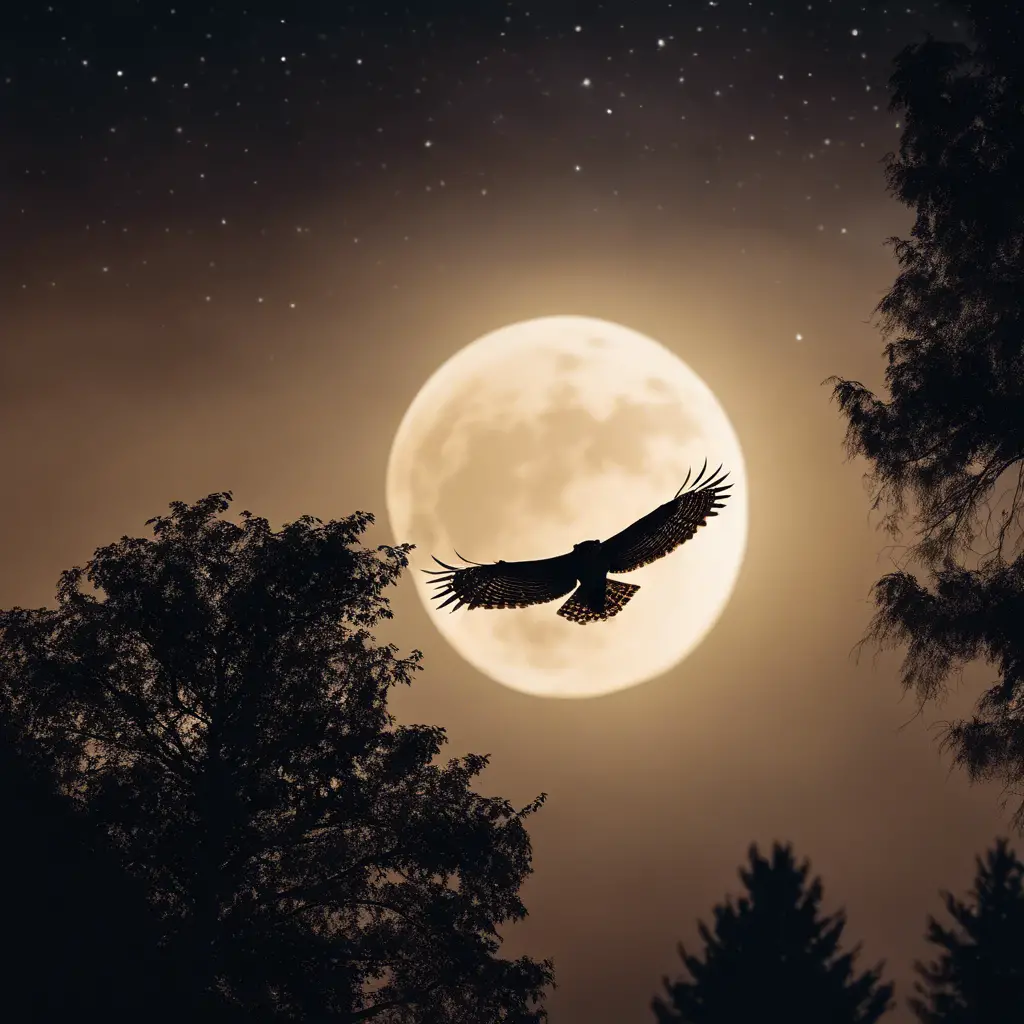
Despite their reputation as skilled hunters, owls face predation threats from a variety of animals. This includes foxes, snakes, hawks, and wildcats. Eagles and hawks, notable as formidable predatory birds, are known to prey on owls. This presents a significant threat to certain owl species. In the revealing dynamics of nature’s food chain, these natural predators don’t hesitate to attack or eat owls, even those as formidable as the Great horned owl.
Predators eat owlets and sometimes adult owls. They exploit opportunities such as territory encroachment or vulnerability during nesting. The survival challenges of owls highlight the complex interactions within ecosystems. This is where even apex predators can become prey. Consequently, owl predators unveiled are as diverse as the environments owls inhabit.
Survival Strategies of Owls
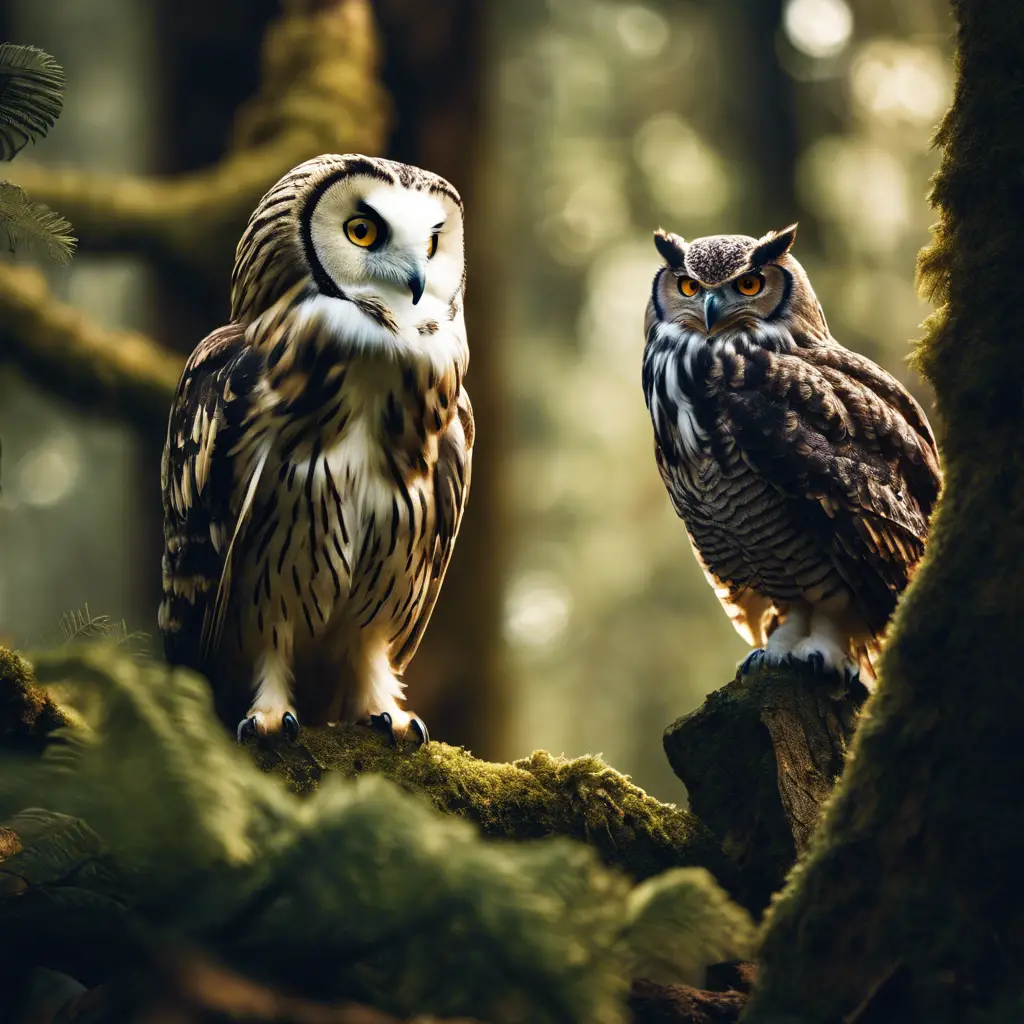
While owls often fall prey to various predators, their survival is heavily reliant on a suite of adaptations and behaviors crafted by evolution to navigate the perils of the wild.
As formidable birds of prey, adult owls don’t typically have many natural enemies. However, the survival strategies of owls include silent flight and powerful talons, which allow them to hunt efficiently and evade larger owl predators.
They fiercely protect their territory dispute with other owls and even larger animals. Additionally, they safeguard owl eggs and owlets from four-footed predators using sharp claws and beaks.
Moreover, human-induced challenges like habitat destruction and traffic call for increased adaptability and caution to ensure their survival in changing environments.
Human Interactions With Owls
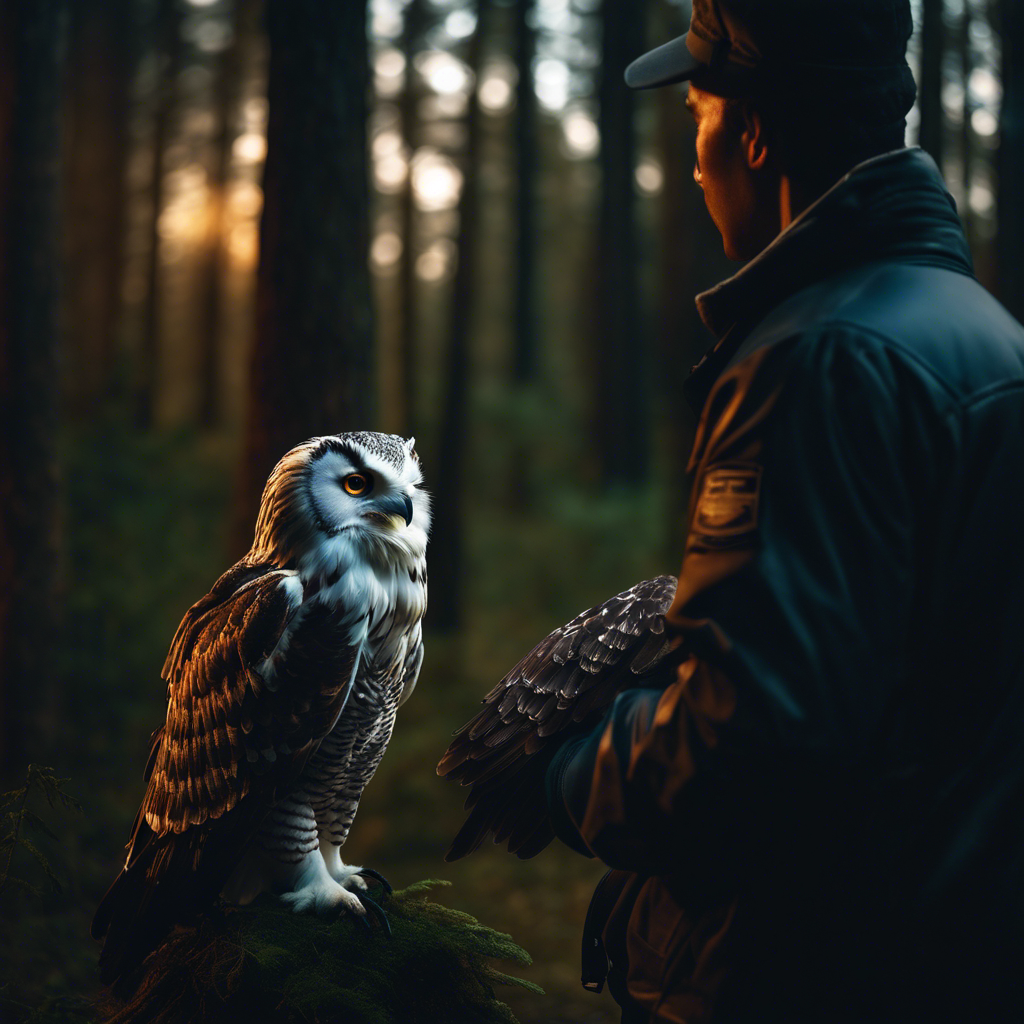
Human activities, ranging from urban expansion to environmental pollution, impose significant threats to owl populations by disturbing their natural habitats and reducing their survival chances.
As urban areas become larger and human populations expand, owls face habitat destruction. This leads to fewer territories and increased competition for the animals as a source of food. With less food, owls may struggle to survive and reproduce.
Additionally, as these birds of prey rely on silent flight and powerful talons for hunting, environmental changes can disrupt their feeding patterns.
Furthermore, expansion of urban areas often results in owls being hit and killed by vehicles. Such human interactions contribute to the challenges owls face, making their conservation a pressing concern as we seek to understand the dynamics of Animals Eat in the wild.
The Owl Food Chain Dynamics
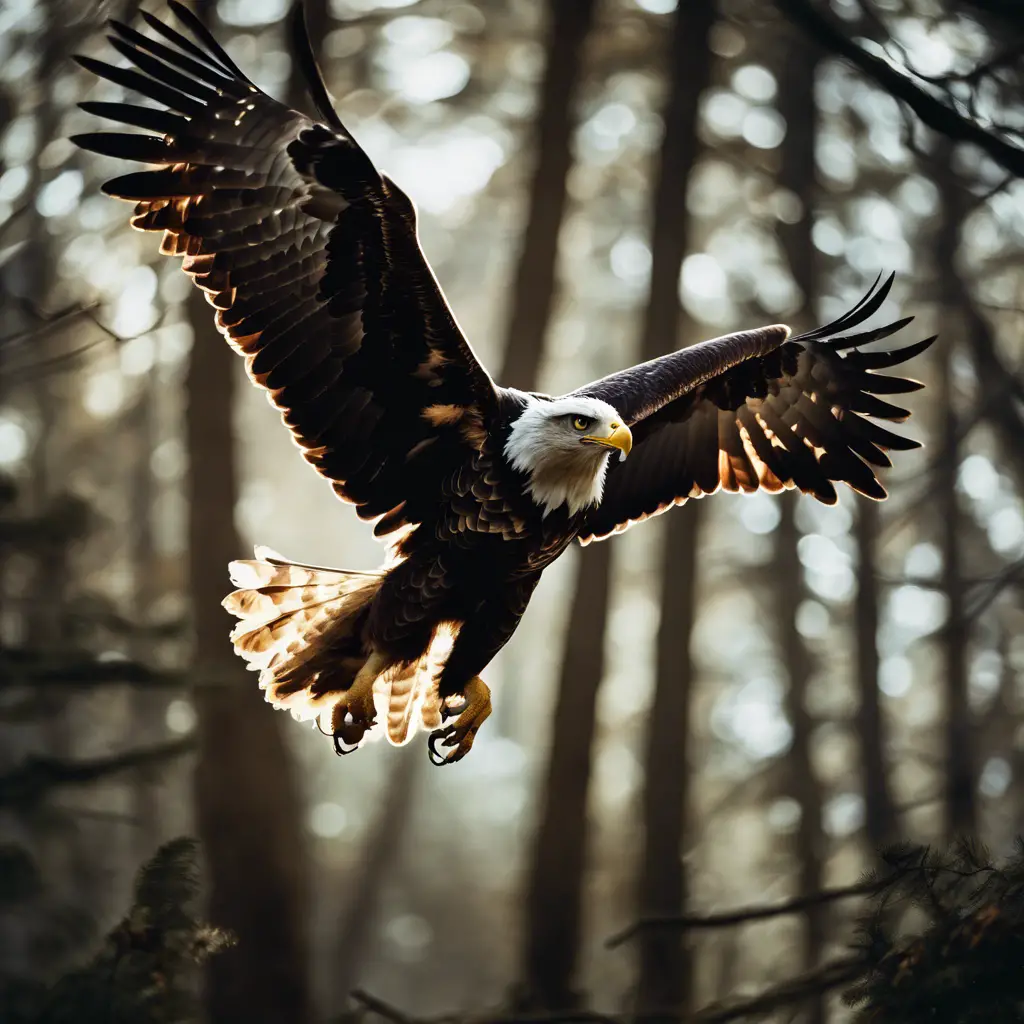
In the complex food chain dynamics of the natural world, owls occupy a pivotal role as both predators and prey, with various species influencing their survival and reproductive success. As carnivores, owls eat a variety of organisms, including mammals, reptiles, and insects. The specific diet depends on the species of owl and the available prey in their habitat.
Despite their prowess, owls become prey to other animals. Natural predators like foxes and hawks focus on the young and weak, which are easier to capture. Owls’ nests are targeted by snakes, wildcats, and even other owl species, making their offspring a significant source of food.
Humans, through habitat destruction and urbanization, indirectly impact who eats owls by altering the delicate balance of the food chain.
Frequently Asked Questions
What Is the Biggest Prey for Owls?
You’re curious about owls’ largest prey? They can tackle impressive sizes, preying on young foxes and small deer, which sit at the upper limit of their hunting capabilities.
What Are Owls Afraid Of?
You’re rightfully concerned about owl safety. They fear habitat loss, vehicular accidents, and conflicts with other wildlife, which threaten their well-being and hinder their ability to thrive in their natural environment.
Can a Lion Eat a Owl?
You’re unlikely to find a lion preying on an owl, as lions inhabit different ecosystems and typically hunt larger ground-dwelling prey rather than seeking out avian species like owls.
Do Wolves Eat Owls?
You’re right to think wolves don’t typically include owls in their diet; they prefer larger herbivores. While they might scavenge on owl remains, wolves don’t actively hunt these birds.
Conclusion
In conclusion, you’ve learned that owls face predation from foxes, snakes, hawks, and wildcats, each utilizing unique tactics to hunt vulnerable owlets and eggs. Despite these natural threats, adult owls have evolved survival strategies to minimize risks.
Yet, it’s human activity that poses the greatest danger, disrupting ecosystems and preying on owl populations indirectly. Understanding the food chain dynamics, including our impact, is crucial for the conservation of these majestic birds.

An avid ornithologist, zoologist and biologist with an unwavering passion for birds and wild animals.
Dr. Wilson’s journey in ornithology began in childhood and led him to obtain a Ph.D. in Ornithology from the prestigious Avian Research Institute. He has worked closely with renowned experts in the field and conducted extensive research and field studies globally.

